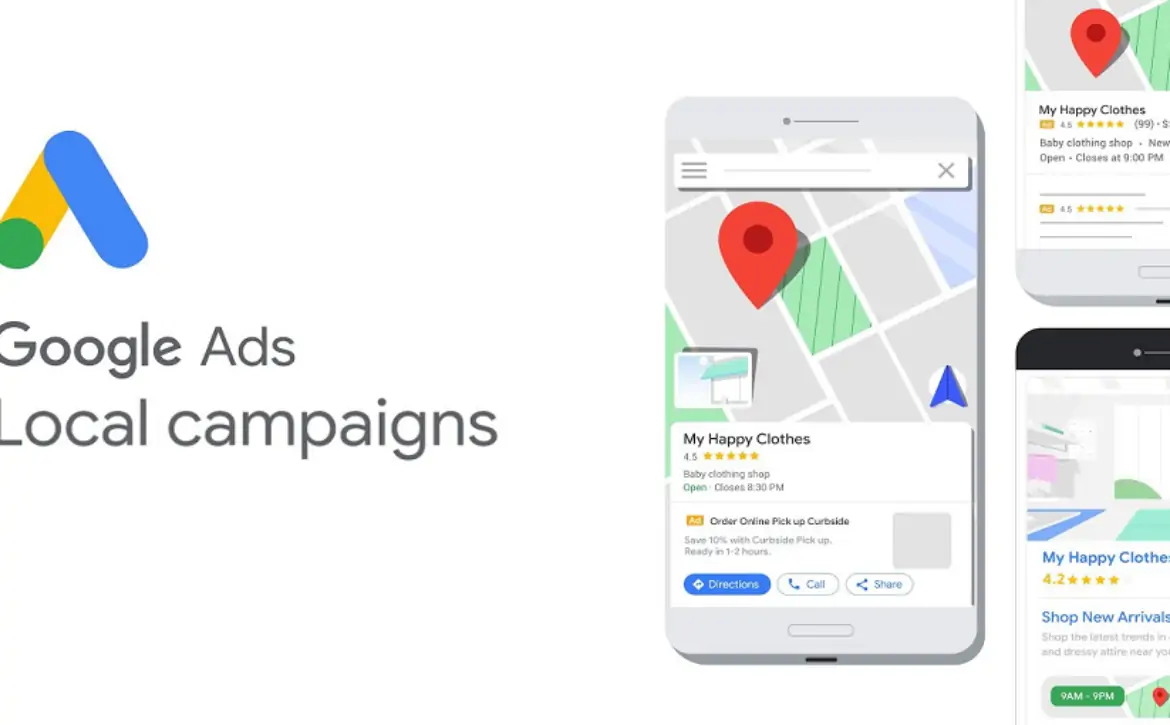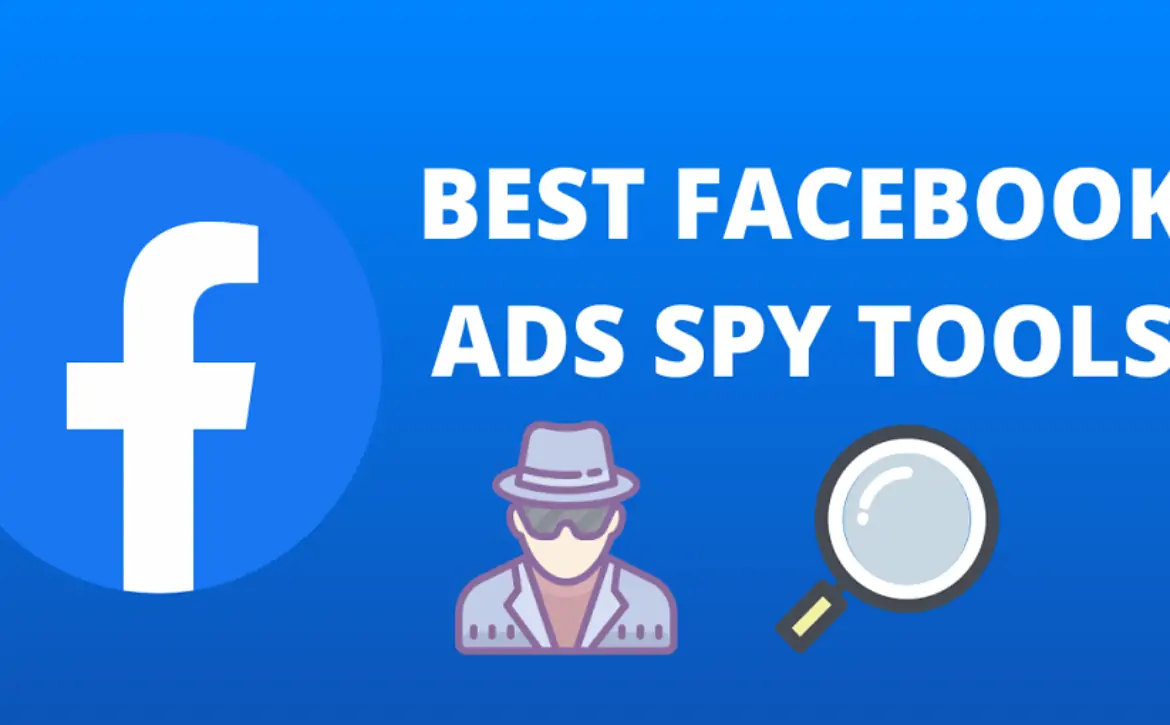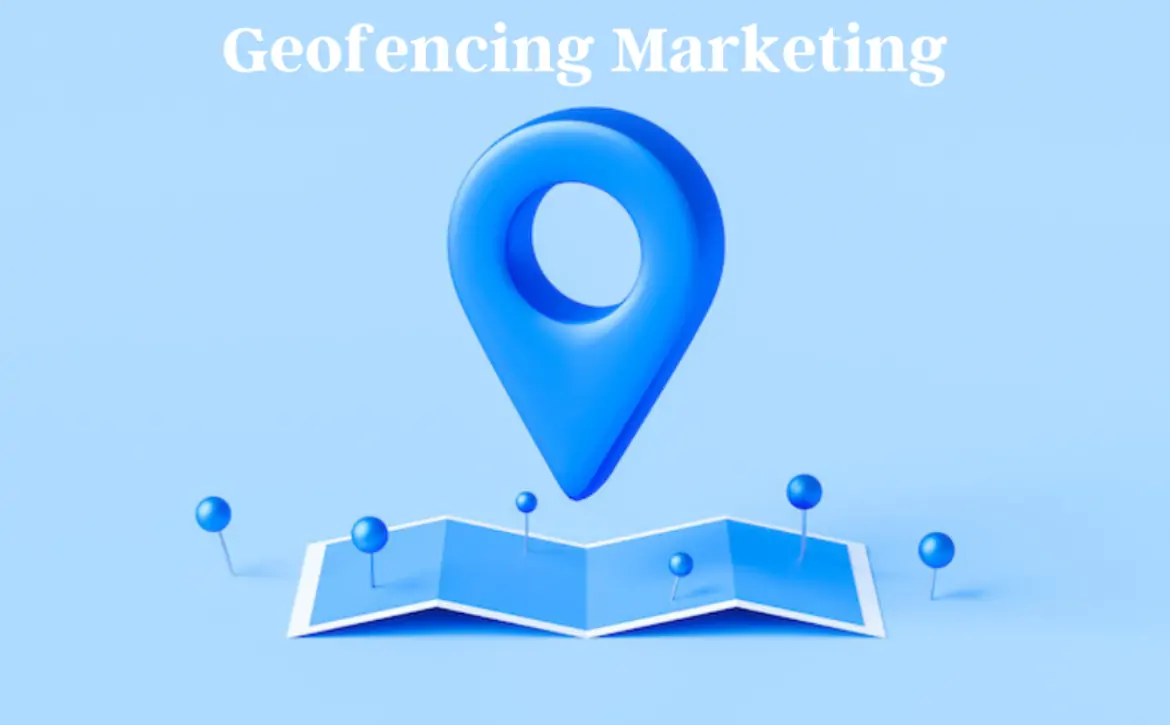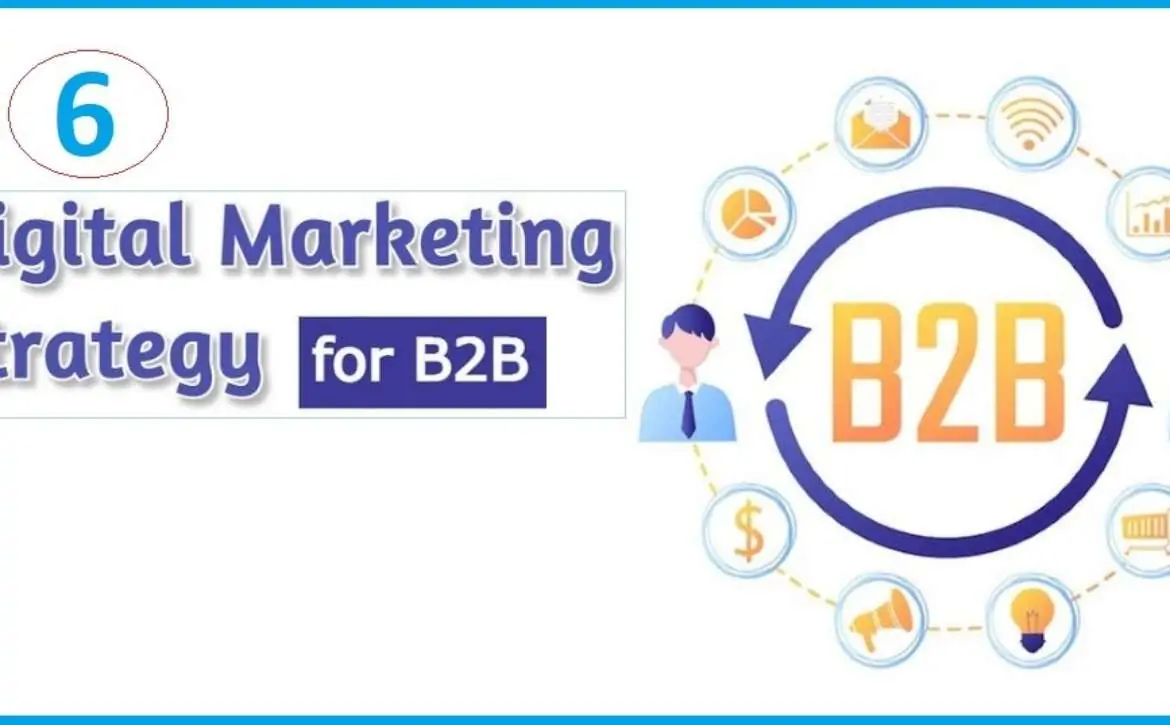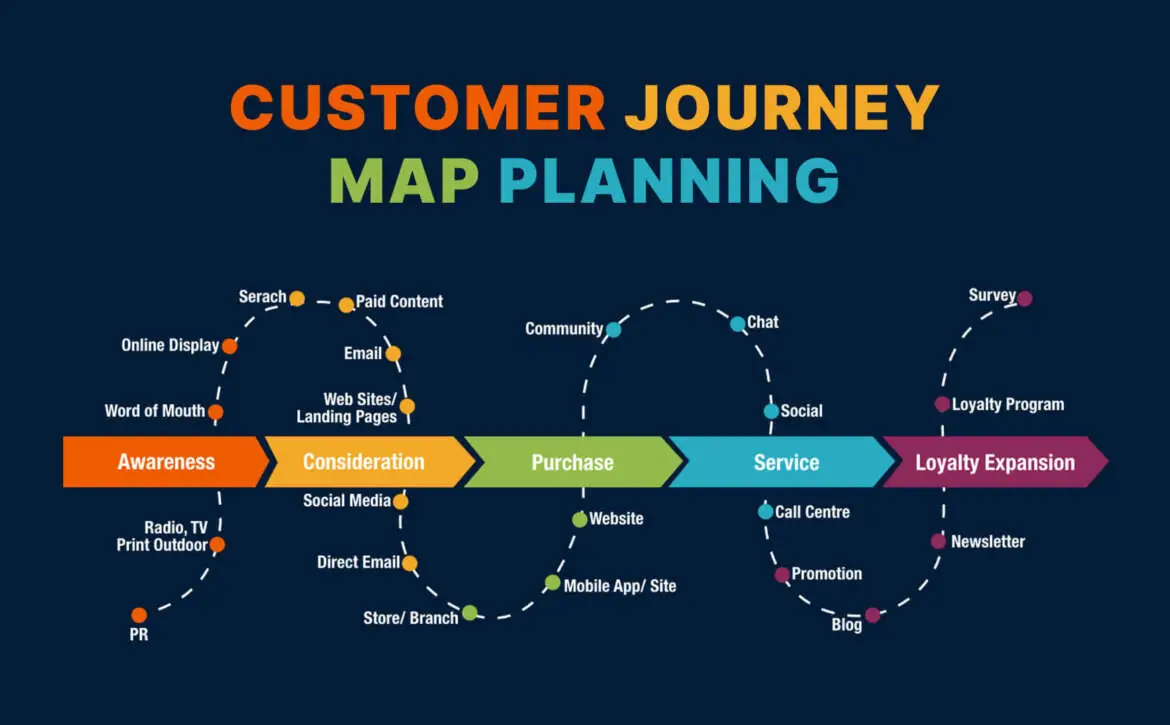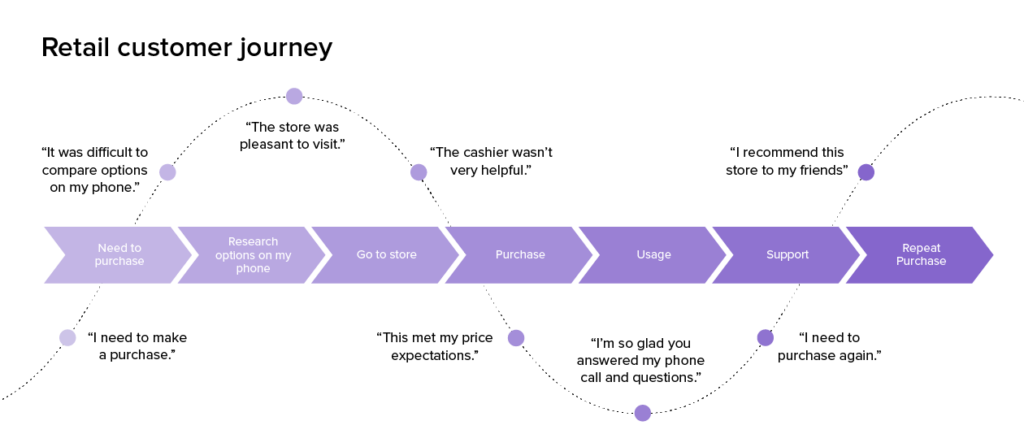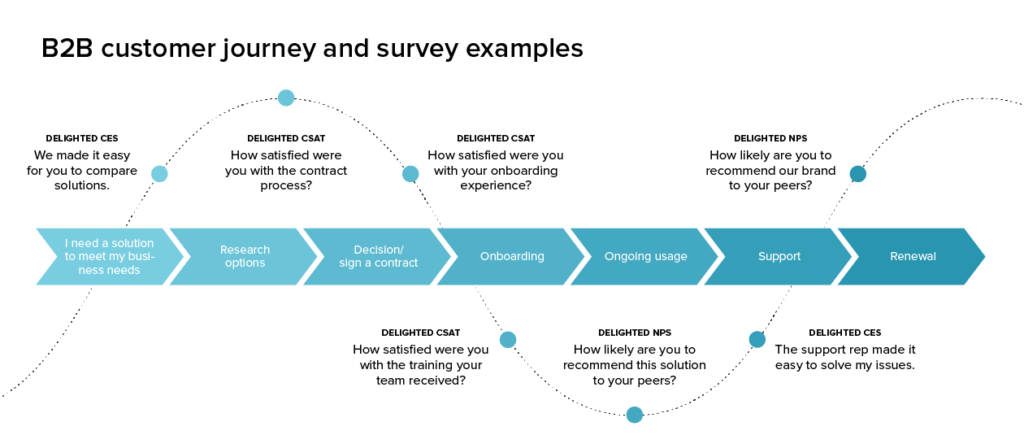Online Advertising Companies for Various Online Businesses
Online advertising has become essential for companies looking to connect and interact with their target consumers in the current digital era. The advertising environment has drastically changed as a result of the internet and social media boom, giving businesses more effective and personalized methods to communicate with customers. In this environment, online advertising companies are essential since they provide businesses with a variety of services to assist them deal with the challenges of digital marketing.
Online advertising companies that design, oversee, and improve digital advertising campaigns through the use of search engines, social media, websites, and mobile applications are known as online advertising firms. Increasing brand awareness, generating traffic, and increasing sales and conversions are their objectives. They create and carry out successful marketing campaigns by utilizing technology, data analytics, and innovative approaches. This guarantees that advertisements are shown to the appropriate individuals at the appropriate times, according to consumer digital activity.
The global online advertising market, valued at $378 billion in 2020, is projected to reach $645 billion by 2024, with digital ad spending accounting for over 60% of total global ad spend, and growing at a CAGR of 11.6%.
Google Ads dominates the search engine advertising market, controlling over 90% of global search market share. In 2021, businesses spent over $140 billion on Google Ads. Facebook, including Instagram, holds the largest share of social media ad spending, with over $114 billion in revenue. TikTok is rapidly gaining ground, with ad revenue expected to surpass $11 billion by 2024.
Programmatic advertising by online advertising companies is expected to grow, with spending reaching $147 billion by 2021, accounting for 88% of digital display ad spending. AI and machine learning innovations will enhance efficiency. Mobile advertising will account for 75% of digital ad spend by 2024. Personalization and customer experience will continue, with interactive formats like AR and VR becoming more prevalent.
This article examines the many kinds of online advertising companies, the services they offer, and how they help online enterprises thrive in cutthroat competition.
Types of Online Advertising Companies
1. Search Engine Advertising Companies:
- Overview: Pay-per-click (PPC) advertising on search engines such as Google, Bing, and Yahoo is the area of expertise for these organizations. By helping companies rank well for particular keywords on search engine results pages (SERPs), they attract relevant visitors to their websites.
- Key Players: Microsoft Advertising (formerly Bing Ads) and Google Ads.
- Services: bid management, performance tracking, ad design, and keyword research.
2. Social Media Advertising Companies:
- Overview: Online advertising companies in USA specialize in social media advertising on sites like Facebook, Instagram, Twitter, LinkedIn, and TikTok. They provide companies the ability to connect with extremely focused target groups according to their demographics, hobbies, and habits.
- Key Players: Important players include TikTok ads, Facebook ads, Instagram ads, Twitter ads, and LinkedIn ads.
- Services: Campaign management, analytics, creative design for ads, and audience targeting.
3. Display Advertising Companies:
- Overview: Banner ads, video commercials, and other visual advertisements are displayed on websites and mobile applications as part of display advertising. These businesses leverage ad networks to reach a wide audience on different websites.
- Key Players: Criteo, AdRoll, and Google Display Network.
- Services: Performance tracking, remarketing, targeting choices, and ad design.
4. Programmatic Advertising Companies:
- Overview: Real-time ad space buying and selling is accomplished by automated technology using programmatic advertising. These businesses use algorithms and data to improve ad placements and connect with the appropriate audience at the appropriate moment.
- Key Players: AppNexus, MediaMath, and The Trade Desk.
- Services: Cross-channel integration, audience segmentation, real-time bidding, and reporting.
5. Influencer Marketing Agencies:
- Overview: Influencer marketing is the practice of promoting goods or services by teaming up with people who have a sizable social media following. These organizations help companies find influencers who share their beliefs and target market.
- Key Players: IZEA, AspireIQ, and Influencer.co
- Services: Performance evaluation, content production, advertising planning, and influencer identification.
6. Affiliate Marketing Networks:
- Overview: Affiliate marketing by the top online advertising companies is a performance-based business model in which companies pay affiliates for using their marketing efforts to increase website traffic or sales. These networks oversee the interactions between affiliates and companies.
- Key Players: ShareASale, Rakuten Marketing, and Commission Junction (CJ).
- Services: Recruiting affiliates, monitoring, managing commissions, and providing reports.
7. Email Marketing Services:
- Overview: To interact with their audience, email marketing providers assist corporations in developing and distributing focused email campaigns. They include tools for maintaining subscriber lists, creating emails, and tracking the effectiveness of campaigns.
- Key Players: Sendinblue, Constant Contact, and Mailchimp.
- Services: Segmentation of email lists, automation, analytics, and email template design.
FAQs
Which online advertising is best?
The optimal online advertising strategy depends on business goals, target audience, and budget. Google Ads is effective for capturing intent-driven traffic, while social media platforms like Facebook and Instagram target specific demographics. Display advertising boosts brand visibility, while video advertising offers engaging storytelling. The most effective approach often involves a combination of these strategies, tailored to each business’s unique needs and objectives.
What are the top online advertising companies?
Google Ads, Facebook Ads, Amazon Advertising, Microsoft Advertising (previously Bing Ads), and LinkedIn Ads are a few of the leading internet advertising firms. These platforms let businesses successfully reach their target audience across multiple digital channels by providing a broad choice of advertising options suited to varied business objectives. These solutions include search engine and social media advertising, as well as display and video advertising.
What are 5 types of online advertising?
Search engine advertising (such as Google Ads), social media advertising (such as Facebook commercials), display advertising (such as banner ads), video advertising (such as YouTube commercials), and native advertising (such as sponsored content) are the five categories of online advertising. Every variety has distinct benefits and may be customized to meet various target markets and marketing goals.
What is an online advertising company?
Online advertising companies specialize in offering services and solutions to assist businesses in promoting their goods or services online. To maximize the efficacy and reach of digital advertising efforts for their clients, these companies offer expertise in areas like ad campaign creation, targeting, placement, and optimization across a variety of online platforms, including search engines, social media, websites, and mobile apps.
Is it profitable to do online advertising?
Yes, when done well, web advertising can bring in a lot of money for companies. It provides benefits including accurate targeting, quantifiable outcomes, and affordable solutions, enabling companies to more effectively contact their target audience and provide a good return on investment (ROI). Nonetheless, to optimize profitability, firms must properly plan and manage their online advertising campaigns, taking into account variables like strategy, budget allocation, and campaign optimization.
How Online Advertising Companies Empower Businesses
1. Targeted Reach:
Targeted reach is a crucial tool in digital marketing, allowing businesses to connect with their ideal audience segments in a precise and impactful manner. It involves precision targeting, enhanced relevance, improved engagement, efficient resource allocation, and data-driven insights. By focusing on specific demographics, interests, and behaviors, businesses can deliver targeted messages to the right audience segments, increasing engagement and conversion likelihood. This leads to a deeper connection with potential customers, as they are more likely to engage with content aligned with their interests, needs, and preferences.
The top 10 online advertising companies also optimize ad placement and content, resulting in increased engagement rates and improved campaign performance. They also offer robust analytics and reporting capabilities, allowing businesses to refine their targeting strategies and make data-driven decisions to continuously improve campaign effectiveness. This powerful tool empowers businesses to navigate the complexities of the digital landscape with confidence, driving meaningful results and sustainable growth in today’s competitive market environment.
2. Cost-Effective Advertising:
Cost-effective advertising is crucial for businesses to maximize their return on investment (ROI) and reach their target audience effectively. The list of online advertising companies offer cost-effective advertising solutions that optimize budget usage, and target reach, and use performance-based pricing models. They help businesses allocate their budget strategically, focusing on channels and strategies that offer the highest ROI. They also enable real-time optimization of campaigns based on performance data and analytics, ensuring alignment with business goals and budget constraints.
Solutions by online advertising companies are scalable and flexible, allowing businesses to adapt their strategies based on changing market conditions or business objectives. They also provide comprehensive data analytics and insights that inform strategic decision-making, enabling businesses to identify opportunities, optimize campaign performance, and refine their advertising strategies. This data-driven decision-making ensures that advertising efforts are grounded in empirical evidence, resulting in more efficient resource allocation and improved ROI. Overall, cost-effective advertising is a powerful tool for businesses to achieve their marketing objectives with greater efficiency and profitability in today’s competitive digital landscape.
3. Measurable Results:
Online advertising companies provide businesses with measurable results that enable them to make informed decisions, optimize campaigns, and drive sustainable growth. These results include performance tracking and analytics, real-time optimization, transparency and accountability, ROI analysis, data-driven decision-making, and continuous improvement. Performance tracking tools allow businesses to track key metrics like impressions, clicks, conversions, and click-through rates, enabling them to understand the effectiveness of their advertising efforts. Real-time optimization allows businesses to adjust targeting parameters, ad creative, or budget allocations based on performance data.
Transparency and accountability are also provided by detailed reports and dashboards, allowing businesses to hold their advertising partners accountable. ROI analysis helps businesses calculate the return on investment (ROI) of their campaigns, enabling them to allocate their advertising budget more efficiently. Continuous improvement is also facilitated by tracking performance metrics over time and monitoring the impact of optimizations. This iterative approach to campaign management enables businesses to learn and adapt, driving tangible results and long-term success.
4. Brand Awareness and Visibility:
Online advertising companies play a crucial role in enhancing brand awareness and visibility for businesses in the digital age. They leverage various digital channels, such as search engines, social media platforms, websites, and mobile apps, to reach a wider audience and increase brand awareness. They also enable businesses to target specific audience segments, ensuring their ads are displayed to individuals who are most likely to be interested in their products or services.
Consistent brand messaging and creativity are maintained across all digital channels, reinforcing the brand’s image and establishing a memorable presence. Display and video advertising formats are utilized to enhance exposure and capture audience attention. Influencer partnerships and content amplification strategies are also facilitated by online advertising companies, extending brand visibility and reach to new audiences. Measurement and optimization tools are provided to track the impact of advertising efforts on brand awareness and visibility, enabling businesses to make data-driven adjustments to optimize performance.
5. Personalized Marketing:
Online advertising companies enable businesses to connect with their target audience more effectively, enhancing relevance and engagement. They use data analytics and audience segmentation techniques to deliver tailored messages, ensuring ads resonate with each recipient. This leads to improved customer experience, with personalized recommendations and promotions. Personalized marketing also increases conversion rates by addressing customer’s pain points and motivations. It also allows businesses to create customized customer journeys, guiding customers through the sales funnel in a natural and intuitive way.
Online advertising companies provide comprehensive data analytics to inform personalized marketing strategies, ensuring marketing efforts remain relevant and effective over time. Personalized marketing also helps build brand loyalty and advocacy, as satisfied customers are more likely to become brand advocates, recommending products or services to others. Overall, personalized marketing strategies enable businesses to connect with their audience, drive customer satisfaction, and achieve marketing objectives more efficiently and effectively.
6. Access to Expertise and Technology:
Online advertising agency near me offers businesses strategic guidance and consultation, advanced targeting and segmentation capabilities, cutting-edge advertising technologies, creative design and optimization services, performance tracking and analytics tools, and ongoing support and training. These companies provide in-depth knowledge of industry trends, best practices, and emerging technologies, enabling businesses to develop tailored advertising strategies that align with their objectives and maximize ROI. They also leverage cutting-edge advertising technologies, such as programmatic advertising, real-time bidding, artificial intelligence, and machine learning, to automate campaign management, optimize ad performance, and achieve better results.
Creative design and optimization services by the largest online advertising companies ensure visually compelling and impactful ads, while performance tracking and analytics tools help businesses monitor campaign effectiveness in real-time. These tools enable businesses to refine their advertising strategies, allocate resources effectively, and drive continuous improvement.
Challenges and Considerations
Online advertising has many advantages, but there are certain drawbacks that companies should be aware of.
1. Ad Fatigue and Banner Blindness:
Daily exposure to a large number of advertisements might cause banner blindness and ad fatigue in consumers. To draw in and hold the attention of an audience, advertising content must be interesting and pertinent.
2. Privacy Concerns:
Businesses with online advertising jobs need to make sure they are in compliance with legislation like the General Data Protection Regulation (GDPR) and have transparent data practices since worries around data privacy are growing. Long-term success requires establishing trust with customers.
3. Ad Fraud:
Advertising dollars may be squandered and performance statistics distorted by ad fraud, which includes click and impression fraud. Online advertising firms put safeguards in place to identify and stop fraud, but organizations should keep an eye on their campaigns and be alert.
4. Competitive Landscape:
There is fierce competition among organizations in the digital advertising industry as they compete for the same audience groups. To stand out and receive the intended outcomes, unique ad content, effective targeting, and ongoing optimization are required.
Case Studies: Success Stories in Online Advertising
1. E-commerce Brand:
To boost its online sales, an e-commerce business teamed up with a programmatic advertising provider. The brand saw a 20% decrease in cost per acquisition (CPA) and a 30% boost in conversions by utilizing data-driven targeting and real-time bidding. This success was largely attributed to the company’s capacity to reach the appropriate audience at the appropriate moment.
2. Local Service Provider:
Google Ads was utilized by a nearby service provider to increase its online presence. The supplier had a 50% increase in website traffic and a notable rise in bookings as a result of meticulous keyword research and clever bidding. Measurable outcomes and exact budget management were made possible by the pay-per-click approach.
3. Consumer Goods Company:
An influencer marketing firm and a consumer products company worked together to introduce a new product. Influencers with a large following in the target demographic were partnered with for the campaign, which resulted in a 40% boost in sales during the launch time and a great deal of talk. Influencer endorsements’ genuineness and reach were crucial to the campaign’s success.
Conclusion: For firms looking to successfully traverse the digital terrain and engage with their target consumers, online advertising agencies are crucial partners. These organizations enable businesses to meet their marketing objectives and spur growth by providing a variety of services, such as influencer marketing and search engine advertising. To be competitive, businesses need to stay up to date on the newest trends and technology in the ever-evolving field of digital advertising. In an increasingly digital environment, businesses may get quantifiable outcomes, improve their campaigns, and expand their reach by using the knowledge and assets of online advertising organizations.



